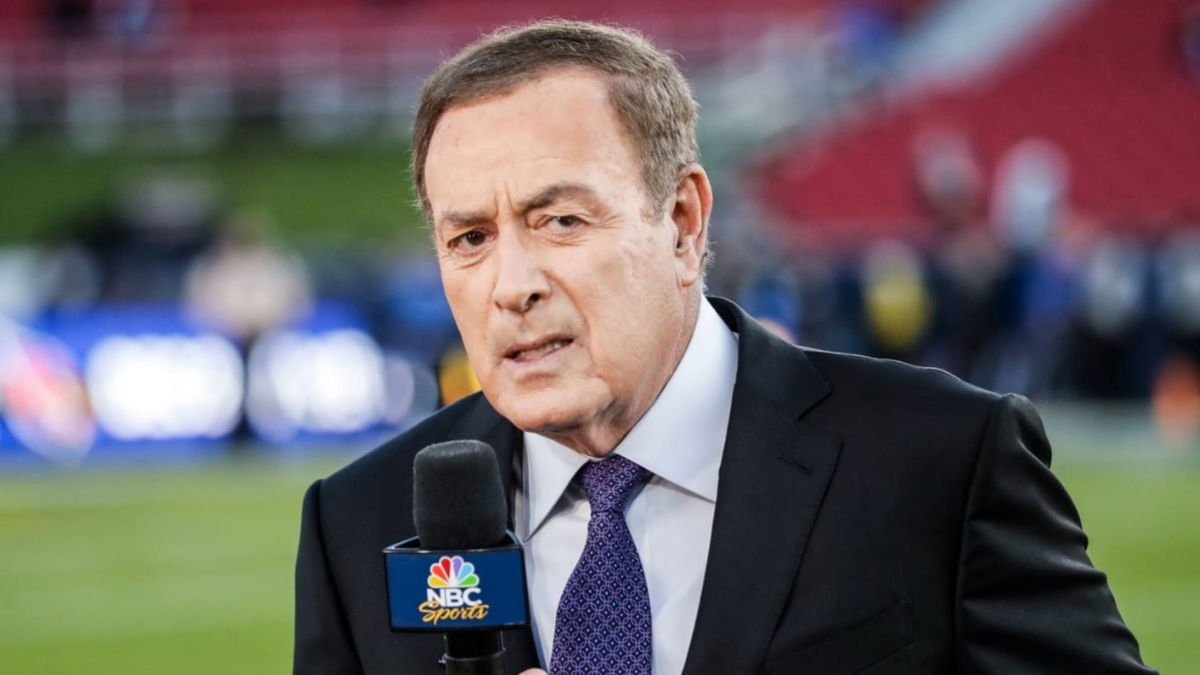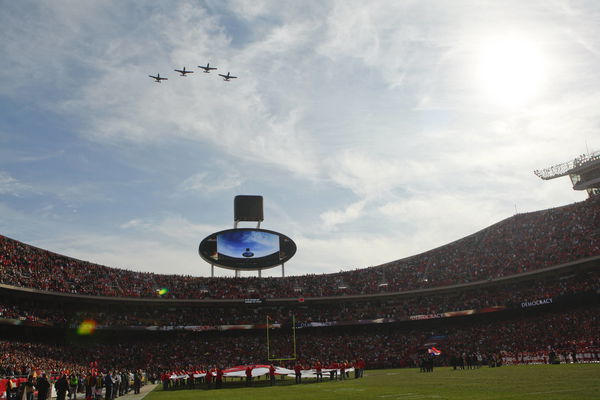
Imago
Al Michaels

Imago
Al Michaels
Blustery, cold, and foggy. That’s how the San Francisco Giants’ 38 MLB seasons went at Candlestick Park. In fact, at some point at the 1961 All-Star Game, it got so windy that Stu Miller was blown off balance by a powerful gust of wind. Soon after, talks about expanding the stadium to accommodate the San Francisco 49ers began, but the dangers of a retrofitted venue hardly needed detailing.
Watch What’s Trending Now!
The layout optimized for a baseball diamond was modified to make room for a football field. Reconfiguring with movable seats was one such attempt, which inevitably led to odd angles, asymmetrical seating, and exposed gaps regardless of what sport was played. To mitigate the cold, many of Candlestick Park’s seats were designed to be heated. However, the piping was buried too deep into the cement, which resulted in the heating system barely working. Despite all that, the 49ers made it their home in the 70s, and although the venue was already as old as it was cold, and as hated as it was loved, they stuck around for a few more decades before they parted ways in 2013.
Commentator Al Michaels, who had broadcast his 26th and final game at Candlestick before it was finally demolished, knows all about it. “The worst stadium of all time was the Candlestick Park in San Francisco,” he said during his appearance on the Dan Patrick Show. “It was cold. It was windy. I did the Giants for three years. But calling football, you’re in the press box that was so high. One night, I said on Monday Night Football.
ADVERTISEMENT
“‘It’s the only place where you look down on the blimp.’ That was the worst.”
While the stadium was far from perfect and doesn’t exist today, for fans who grew up there in the 70s and 80s, there are more memories to cherish than just the freezing temperature and fog. ‘The Catch’ is one of those.
It was January 10, 1982. With just 58 seconds left in the NFC Championship Game, QB Joe Montana expertly dodged sacks and threw the ball to WR Dwight Clark. Clark leaped, scoring a touchdown. That resulted in a close 28-27 victory over the Dallas Cowboys. For others, the memory of the whole stadium smelling like garlic fries is nostalgic.
ADVERTISEMENT
However, Michaels was a commentator with duties. That meant he sometimes needed the elements of nature to cooperate. “It was so bad at Candlestick that one night they handed me a slip of paper with the attendance figure.” Michaels had to read the names of the prominent people who were attending the game off a piece of paper. That was because he could not see out of the press box due to fog. And that also takes us to his favorite stadium.
It is the Kansas City Chiefs’ Arrowhead Stadium.
ADVERTISEMENT
Charles U. Deaton was the visionary for Arrowhead, and with his creativity, he came up with an innovative idea that was both unconventional and inspiring back in the day. Instead of following the two-in-one stadium design of that era, he came up with a revolutionary two-stadium complex with a shared parking lot. But for Michaels, Deaton’s design, which later on underwent several renovations, fit perfectly with his broadcasting role.
“Well, Kansas City [Arrowhead] was built in 1971-72, and they built it vertically, and we sit right over the field. I mean, at the 50-yard line, it’s perfect. That’s a game that I could actually call with the naked eye and not even have to look at the monitor.”
That’s not where it ends. The stadium’s layout also catered to the fan experience: its steep, multi-tiered seating brought fans closer to the field. This design also amplified the noise made by the crowd. No wonder it holds the Guinness World Record for the loudest crowd roar at 142.2 decibels. It took place during a 2013 game against the New England Patriots.
ADVERTISEMENT

Imago
December 18, 2011: Flyover before the NFL American Football Herren USA game of the Kansas City Chiefs at Arrowhead Stadium in Kansas City MO NFL American Football Herren USA 2011: DEC 18 – ZUMAc04
As the venue continues to host memorable events, it has become a symbol of Kansas City’s vibrant spirit and culture. That explains why the stadium has continued to be part of architectural wonders in recent years, too. It won the ‘2011 Capstone Award in Architectural Design’ as well as the ‘2011 Gold Award in Hospitality’.
Do you agree with Al Michaels’ perspective? Let us know in the comments below.
ADVERTISEMENT
ADVERTISEMENT
ADVERTISEMENT
ADVERTISEMENT

